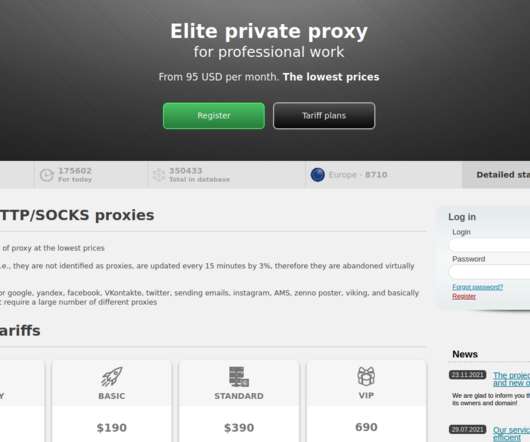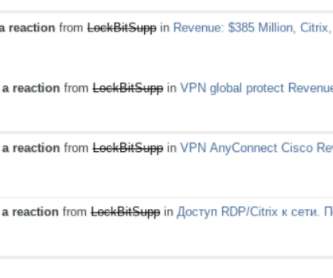The Link Between AWM Proxy & the Glupteba Botnet
Krebs on Security
JUNE 28, 2022
AWMproxy, the storefront for renting access to infected PCs, circa 2011. In 2011, researchers at Kaspersky Lab showed that virtually all of the hacked systems for rent at AWM Proxy had been compromised by TDSS (a.k.a An example of a cracked software download site distributing Glupteba. Image: Google.com. But on Dec.


















Let's personalize your content